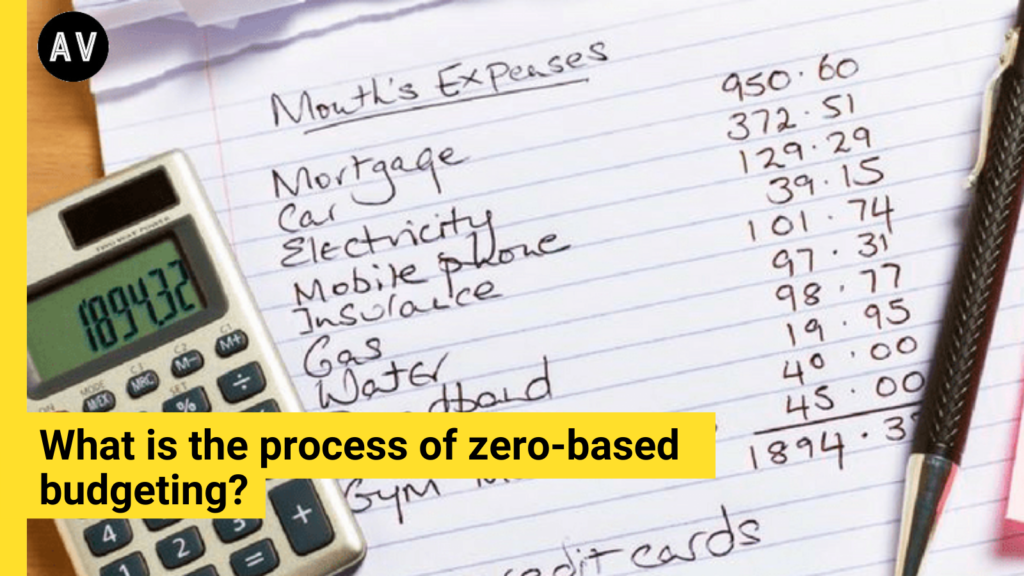Zero based budgeting means a way to make a budget from scratch. The budget does not involve previous costs, instead, it starts from zero.

In this post you will find
The history of zero-based budgeting
Peter A. Pyhrr developed the term called zero-based budgeting during the 1960s. In 1970, Phyrr invented a business article relating to zero-based budgeting, and it was a big hit. After Phrr published his book during the year 1977 on “zero-based budgeting”, President Jimmy Carter invited him to the white house to establish the process of zero-based budgeting methods throughout the U.S federal government. Unfortunately, the method was criticized for being impractical and time-consuming and fell into obscurity.

Zero-based budgeting is a “tremendous” tool, Mr. Pyhrr said according to Wall Street Journal, “especially in times of economic problems, when you need to make reductions, or when you have significant and rapid technological change.”
Despite that, increased numbers of organizations have started to use it over the last couple of years, and experience a renewed environment.
Process of zero-based budgeting
The process of zero-based budgeting follows a few main steps:
- Identifying business goals
- Developing and analyzing new ways of achieving goals
- Discover new ways to fun business ways
- Prioritize funds
By following the process of zero-based budgeting steps, you can determine what expenses are valid to go into achieving your business goals. With that, you can find efficient ways to spend. Your budgets can fluctuate year after year since budgets aren’t based on new ones!
Advantages of using the process of zero-based budgeting method
There are multiple benefits of using zero-based budgeting:
- Focusing on goals
The zero-based budget method encourages you to determine your goals and objectives while evaluating your expenses
- Identify duplication
The zero-based budgeting method helps to identify activities that are processed by multiple people, by dealing with such duplication, you can eliminate additional expenses.
- Analyzing spending
Zero-based budgeting requires you to pinpoint your team’s activities and to look for more efficient ways to go about them. Helping you to discover new ways of working with different approaches.
Drawbacks of using the process of zero-based budgeting
Despite the many benefits, multiple drawbacks may affect this method:
- Requires extra efforts and time
This budgeting method takes a lot of energy and time since it requires analyzing every expense of an organization from scratch. Moreover, it can be very time-consuming, resulting in people being reluctant to use this method.
- Hard to justify
Some expenses are hard to define compared to others, some areas of businesses may not have tangible results, making it even harder to justify.
- Training is required
Organizations need to train managers or employees in the zero-based budgeting process, as it is complex which requires additional efforts and time.
Zero-based budgeting example
For example, zero based budgeting for an individual.
Let’s say you make $3,000 per month, your budget plan could look like this:
Monthly income: $3,000
Monthly expenses:
- Rent: $1,000
- Utilities: $300
- Groceries: $300
- Insurance: $150
- Gas: $75
- Eating out: $100
- Clothing: $50
- Entertainment: $100
- Savings: $100
- Credit card payments: $200
- Student loan payments: $225
- Mobile phone: $50
- Gym membership: $25
- Car rent: $325
Total expenses: $3,000
Remaining amount: $0
There is no money set back for “just in case” because you’ve already planned on how you will spend every cent of your earnings. Even if it’s going to savings, it’s eventually going somewhere.
All that’s left right now is to track your expenses throughout the month. This will help you figure out how much is needed for each category. If you’re spending more than you make, then you can improve and make sure you’re going on your budget.
If you had based your recent budgets on last year’s budget, you may not have realized the various expenses that you could cut back on. This zero-based budgeting example shows that you can make sure each dollar is accounted for.
Video for zero based budgeting example:
Closing:
Zero-based budgeting aims at reflecting true expenses incurred by a specific department or organization. Although it may be time-consuming and need extra effort, this is an appropriate way of maintaining your budget. Ultimately, this budgeting method will help you get accurate and reliable information that will help you meet your business goals.
For more money saving methods, click here.







